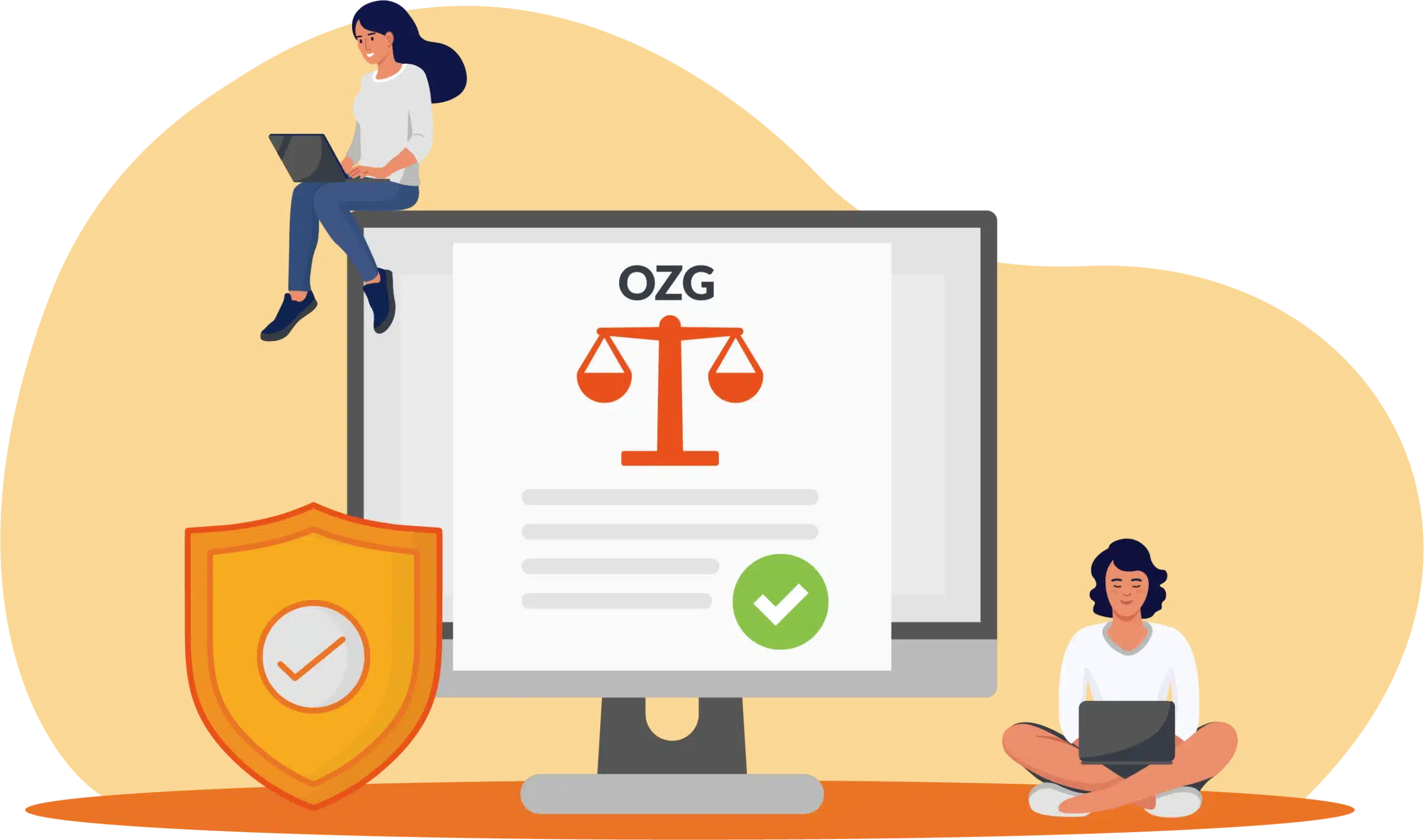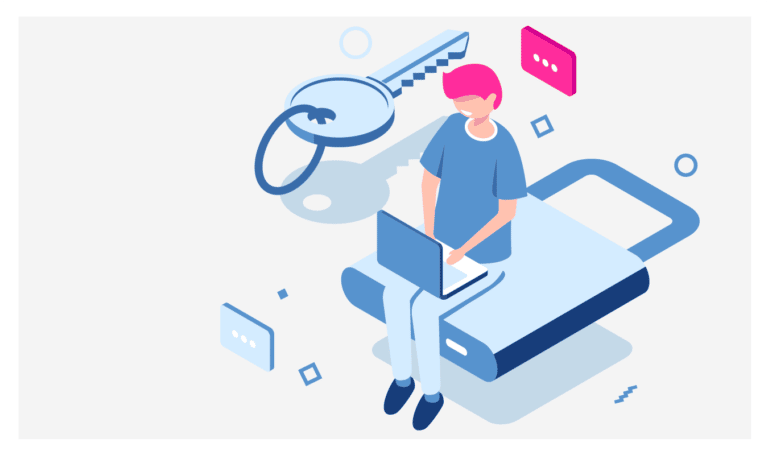
Online Access Act – implementation made easy with a powerful Customer Identity & Access Management
For this to succeed, public authorities need to adapt their IT systems and processes. A key component that can significantly support this process is a powerful Customer Identity & Access Management (CIAM) or Citizens Identity & Access Management. In this blog post, we take a closer look at how a CIAM can help German authorities to implement the requirements of the OZG in an efficient, citizen-centric and user-friendly manner.
Online Access Act – citizen-centered access to digital services
A central concern of the OZG is to provide citizens with user-friendly access to digital government services. An advanced CIAM system ensures that this access is not only secure, but also user-friendly. Intuitive user interfaces and convenient authentication methods make it easier for citizens to access online services.
Single sign-on for increased user convenience
Single sign-on (SSO) as a central component of CIAM systems enables citizens to access all digital services with just one login. SSO not only simplifies the login process, but also significantly increases user convenience. Citizens no longer have to authenticate themselves separately for each online service, but remain logged in after the first login and benefit from a seamless user experience.
Security and data protection
European CIAM systems, such as cidaas, set the highest standards in terms of security and data protection. Citizens can be confident that their personal data is hosted and managed in compliance with the GDPR and only used for authorized purposes. Modern authentication methods ensure secure identification, for example through multi-factor authentication, and encryption mechanisms protect the transmitted data from unauthorized access.
Transparent control of your own data
Another advantage for citizens is the transparent control over their own data. Self-service portals allow citizens to easily view, update and manage the data stored in their user profile. This not only contributes to transparency, but also gives users a sense of control over their digital identity.
Passwordless authentication and multi-factor authentication (MFA)
Some innovative CIAM systems such as cidaas offer the option of integrating various passwordless and multi-factor authentication methods out-of-the-box, including one-time passwords (OTP), push methods to smartphones, device biometrics and FIDO2. This variety allows citizens to choose the authentication method that is most convenient and secure for them. This promotes the acceptance of digital government services, as users are already familiar with these methods from their mobile devices.
cidaas – the key to successful digital transformation in the public sector
The implementation of the Online Access Act by German authorities not only opens up new horizons in administration, but also brings clear benefits for citizens. A powerful Customer Identity & Access Management such as cidaas plays a decisive role here by ensuring secure and citizen-centered access to digital services. By combining administrative efficiency and citizen-friendliness, customer identity & access management is the key to successful digital transformation in the public sector.
Would you like to find out more about this topic? Feel free to contact us or schedule a meeting with us directly.


